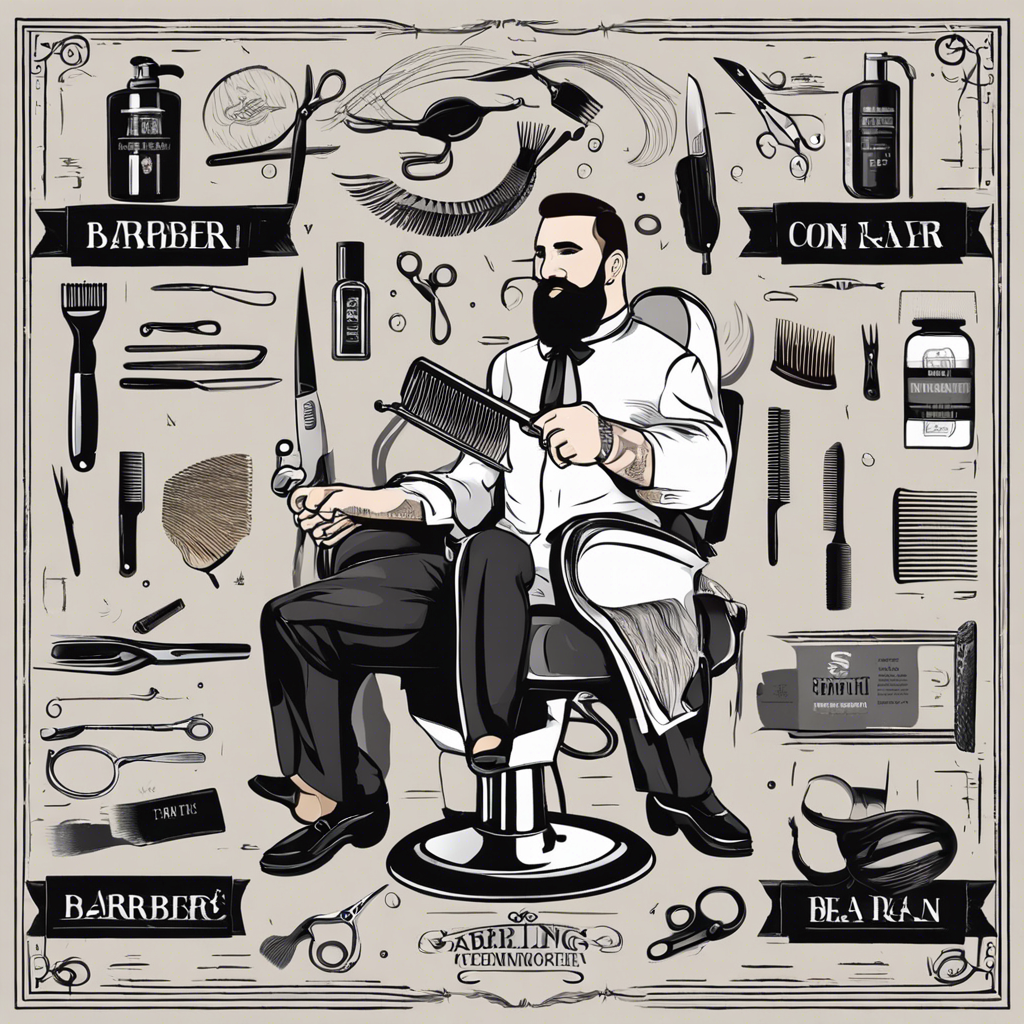The world of barbering is steeped in tradition and history, and for newcomers, it can be a daunting task to navigate the myriad of terms and techniques used in this time-honored craft. Whether you’re a budding barber just starting out or a seasoned professional looking to refresh your knowledge, understanding the basic terminology is essential.
Let’s start with the tools of the trade. Every barber worth their salt knows the importance of having a well-stocked kit. Scissors, or shears, are an obvious essential, and the types you use will depend on your cutting style and hair type. Then there are clippers – the workhorse of any barber shop. From classic fades to buzz cuts, clippers create those crisp, clean lines and shapes that define men’s hairstyles.
Understanding the language of hair is also key. Barbers need to be well-versed in the different sections and layers of hair, from the nape and fringe to the crown and temples. Knowing the terminology for different hair textures is equally important – from straight and wavy to curly and coily, each texture requires unique techniques and care.
Now, let’s talk about techniques. Fading is an art form in itself, and a fundamental skill for any barber. This technique involves blending and tapering hair to create a seamless gradient from short to long. Another classic is the undercut, which has seen a resurgence in popularity in recent years. This style involves shaving or buzzing the lower layers of hair, creating a stark contrast and a bold, statement look.
Then there are the myriad of products a barber needs to know. From pomades and waxes to provide hold and definition, to conditioners and shampoos to keep hair healthy and manageable, choosing the right products can make or break a style.
A barber’s repertoire also includes a range of services beyond cutting and styling. From hot towel shaves, a classic and relaxing barbershop experience, to beard trimming and sculpting, there are many ways to keep your clients looking and feeling their best.
Last but not least, a barber should always be mindful of health and safety. Sanitization and sterilization of tools are crucial, as is maintaining a clean and hygienic workspace. This not only ensures the safety of your clients but also builds trust and confidence in your services.
So, there you have it – a crash course in barbering 101. Whether you’re a novice or a master, continuing to build your knowledge and skills is essential to success in this craft.
